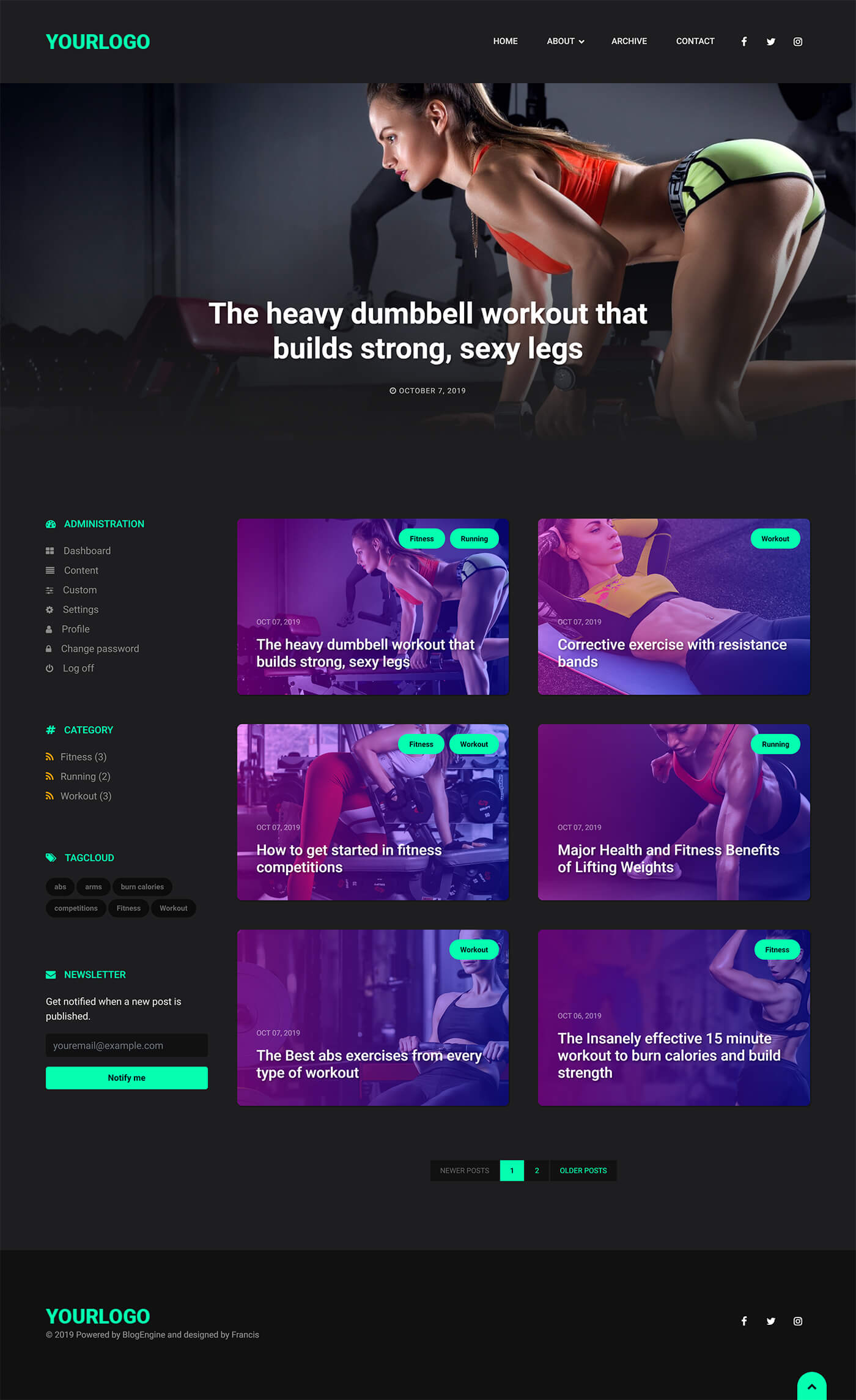Video conversion is a resource-intensive task that involves changing video files from one format to another, optimizing them for various devices, bandwidths, and platforms. Choosing between managing this process on the frontend or backend depends on several factors, including the complexity of your project, your infrastructure, and your available resources. Here’s a detailed look at both approaches:
Frontend Video Conversion:
Use Cases: Frontend conversion can be suitable for small-scale applications or where direct user control over video files is necessary. It’s typically used in browser-based tools or lightweight applications that need simple conversion functionalities.
Technologies: WebAssembly (Wasm) and JavaScript libraries like ffmpeg.js can be utilized to perform conversions directly in the browser.
Advantages: No server costs, reduced server load, and privacy (as no data is uploaded to a server). It provides real-time processing and quick feedback to the user.
Disadvantages: It can be taxing on the client’s device, leading to slower performance. Not all devices may have the sufficient processing power or memory for intensive tasks. Limited browser support and cannot handle large files or complex encoding scenarios effectively.
Backend Video Conversion:
Use Cases: Ideal for applications requiring heavy processing, batch processing of videos, or handling large files. It’s often used in video hosting services, content management systems, and platforms with high user interactions.
Technologies: Tools like FFmpeg, AWS MediaConvert, or cloud-based solutions like Google Cloud Video Intelligence API can efficiently handle video conversion on the server-side.
Advantages: Scalable and capable of handling large and complex tasks without impacting client-side performance. It supports automation and integration with other backend processes and offers security as conversion happens on the server.
Disadvantages: Requires investment in server infrastructure, increased operating costs, and potential latency as users need to upload/download files to/from the server.
Conclusion:
The choice between frontend and backend video conversion hinges on the specifics of your project needs. If real-time processing and low server costs are prioritized, and your target audience has powerful devices, frontend conversion might suffice. Conversely, for applications that require scalability, processing power, and handle large amounts of data, backend conversion is the recommended path.
In many real-world applications, a hybrid approach could be employed, combining the strengths of both systems to provide users with an optimized experience.

